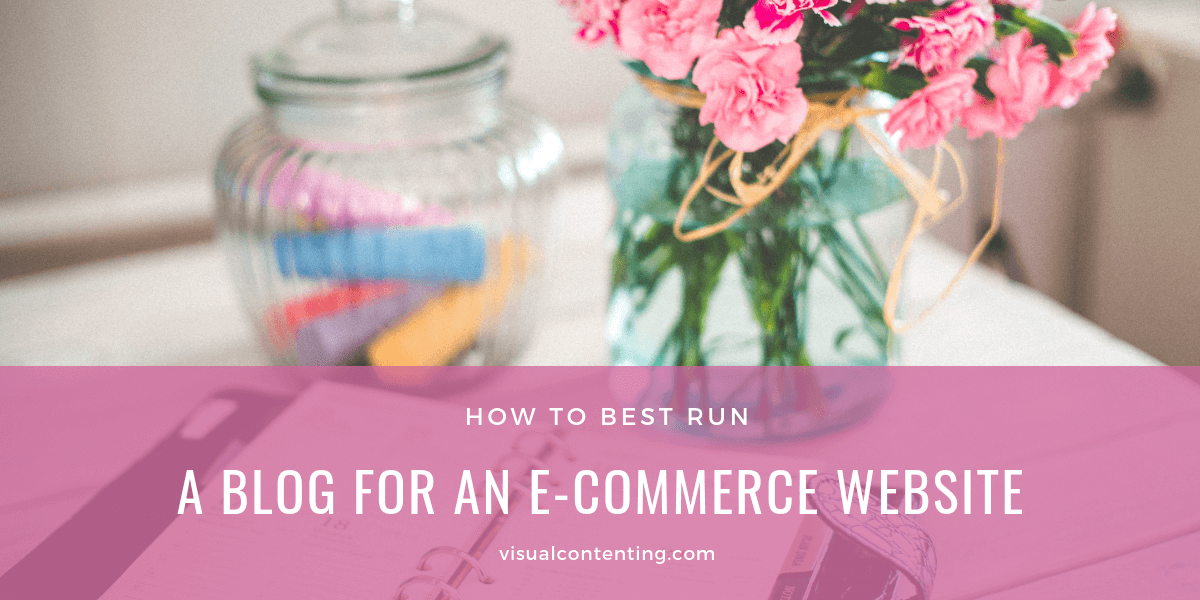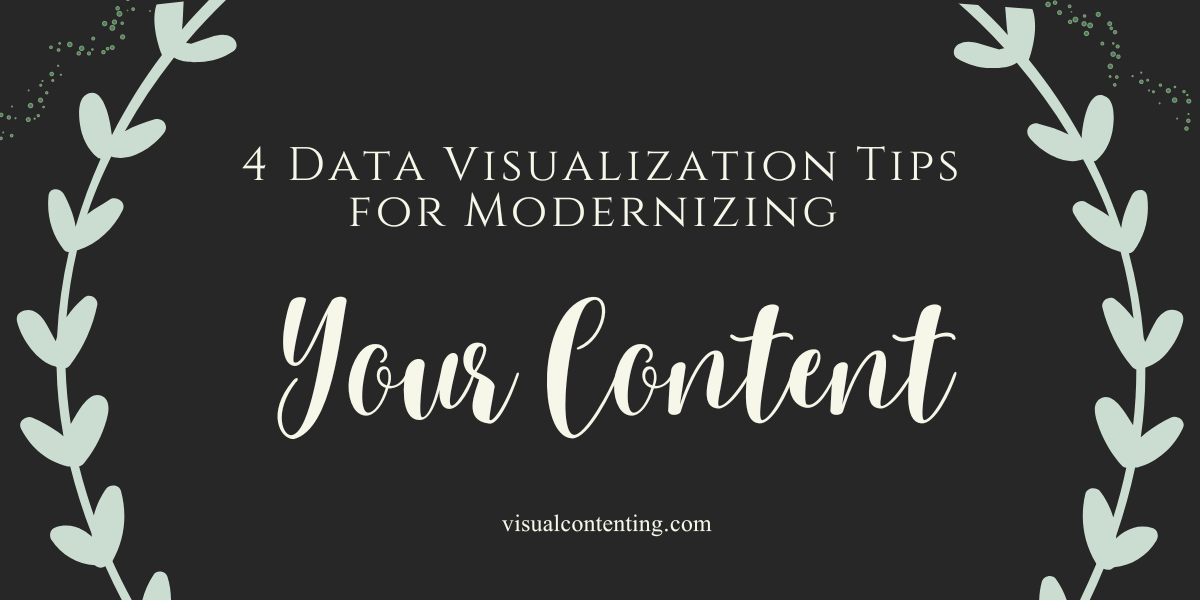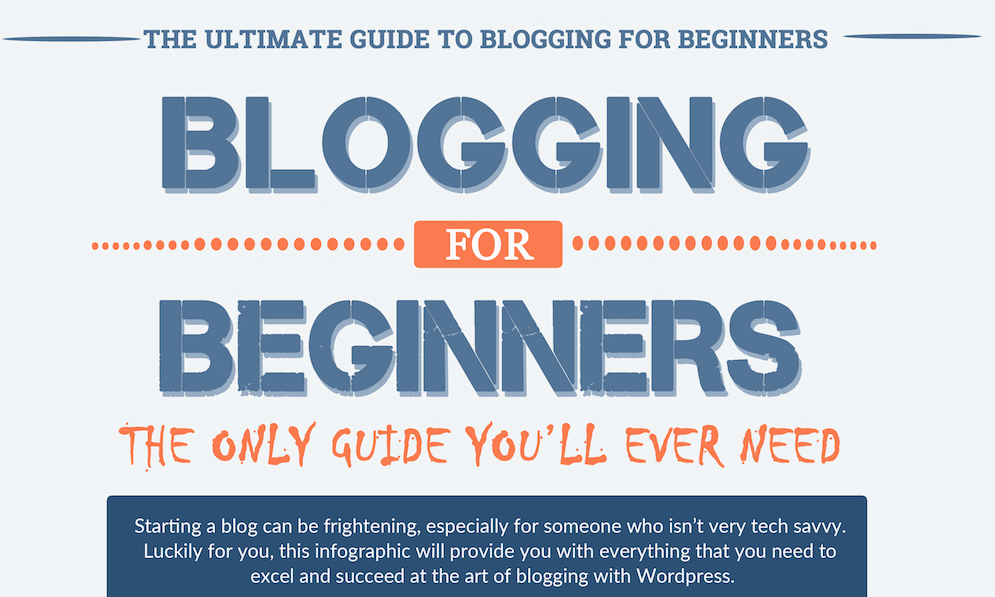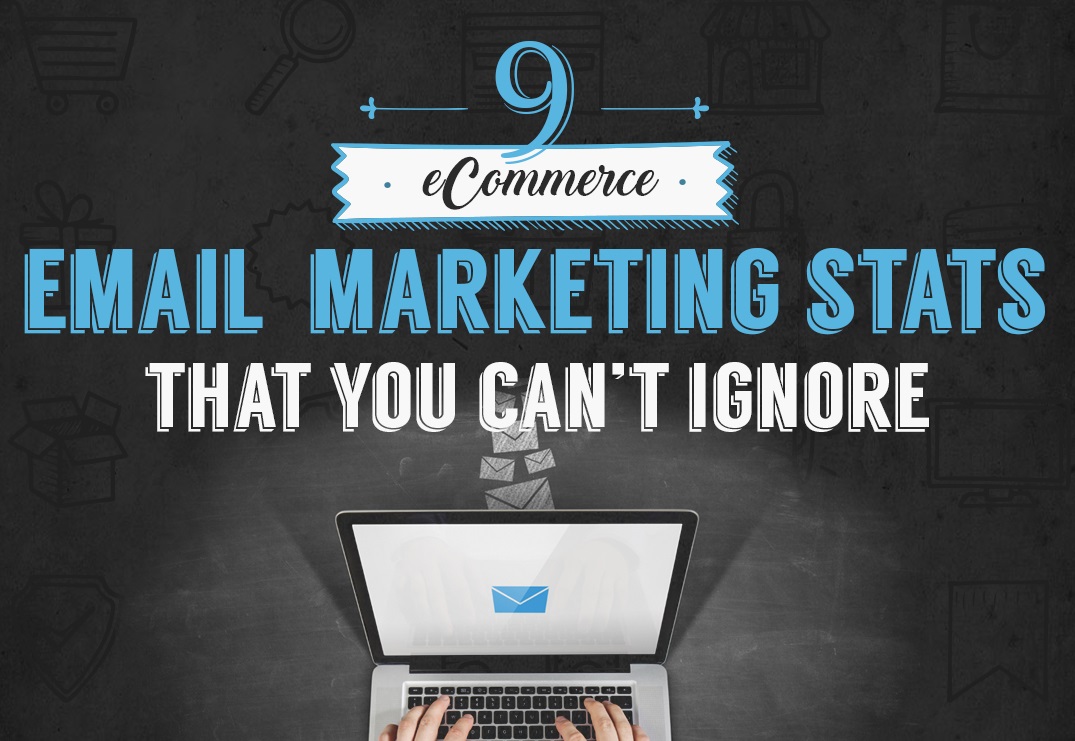One of the best ways to bring traffic to your e-commerce website, boost your sales, and build your brand is by starting your own blog. But not just any blog will do.
To make it really effective, you need to offer some value and address the needs of your potential customers so that they would come back for more.
Here are a few tips on how to make your blog work.
Know Your Customers
Knowing your customers is key to any quality content you want to create for your blog, as people want to consume only the content which resonates with them. So, the first thing to do is getting to know your target audience, both your existing customers and potential ones.
One of the best ways to do so is by doing market research and creating a buyer persona using the data you’ve collected. Analyze and implement the data you already have on your customers and your website visitors, and use social media analytics to find out more about prospects who are somehow engaged with your brand online. You can analyze the data focusing on two main points:
- Demographics – age, gender, location, education.
- Behavioral patterns – learn about their interests, activities, pain points, values, goals, and motivation.
When you’ve gathered and analyzed all the relevant data, you will have a clear idea who is on the other side of the screen, and be able to deliver them personalized content.
Recommended: 5 Step Process to Creating a Detailed Buyer Persona
Unique Content
The blog you produce has to be valuable to your prospects. So, it is not enough to just write about the products you are selling in your e-commerce store, but also about the topics your customers will find useful and informative.
If you’ve already created your buyer persona, this won't be too difficult, and your content may take one of many forms:
- How-to posts. You can give your prospects information on how to best use the products you are selling, and provide them with links to make a purchase.
- Events and trends. You can use the blog to write about the latest news and trends in your niche.
- Staff favorites. Humanize your brand and give your prospects recommendations from your staff.
- Gift guides. When the holiday season is approaching, be sure to provide your prospects with great gift ideas, and offer a variety of products from your store at different price ranges.
Make sure to have an incredible headline which will capture your audience’s attention immediately, as there is a fair chance only 2 out of 10 blog visitors will go any further than that. There are many tools available which can help you create attention-grabbing headlines, so consider giving them a shot.
Recommended: 5 Effective Ways to Get More out of Blog Titles
Also, it’s important to add some variety to your blog every once in a while, by posting photos, infographics, and videos. Visual content is easier for your audience to consume and grasp, as stats claim that video viewers are 95% more likely to remember a call to action than those who just read about it, so use this stat to your benefit.
Recommended: 9 Types of Interactive Content to Consider for 2019
Optimize
To bring more traffic to your e-commerce site, your blog needs to be optimized for SEO. This means you should think about including keywords in your content, which your prospects are likely to search for, and which will give your posts better rankings.
There are some easy-to-use tools you can try out to find relevant keywords in your niche. You can later use these keywords in your headline and your text, as well as add them to your post’s metadata. Some experts in this field claim that your keyword should make at least 1% of your content, but try not to overdo it either, because you can get penalized for keyword stuffing.
Also, make sure to optimize all the content you put online, not only on your blog, but on your website and product pages too. In order to get better rankings and reach a bigger audience, it’s important to analyze other important factors too, such as meta tags, headings, links and the site architecture itself.
Google uses RankBrain to rank your users' experience too, so if your users bounce off your page rapidly without taking any kind of action, it is a clear signal your site is not user-friendly, and Google will treat it as such. There are a lot of companies, such as the Shopify Plus agency, which can help you with this aspect if it seems too difficult to handle on your own.
Also, be sure to be consistent with your posting, as delivering fresh content regularly will make your rankings increase.
Promote Your Posts
Once you have your post optimized, you need to promote it in order to get more traffic. One way to do it is by providing backlinks to your page, by searching top-ranking URLs and asking the website or blog owners to include a link to your content. This will make your post rank well in the searches.
Another way is promoting your posts on social media using the promotional tools of the channels you use, such as Facebook Ads, or approaching the influencers in your niche and asking them to share the post.
If you decide to use blogging to get more traffic, make sure you collect relevant data from your visitors, such as their email address and first name. You can use this later for delivering newsletters, coupons, and offers, and increase your sales even more.
Related Posts
A digital marketer from Sydney. Works as a blogger, Senior Editor for Bizzmark blog and a lecturer at Melbourne University. Tweets industry related articles.







